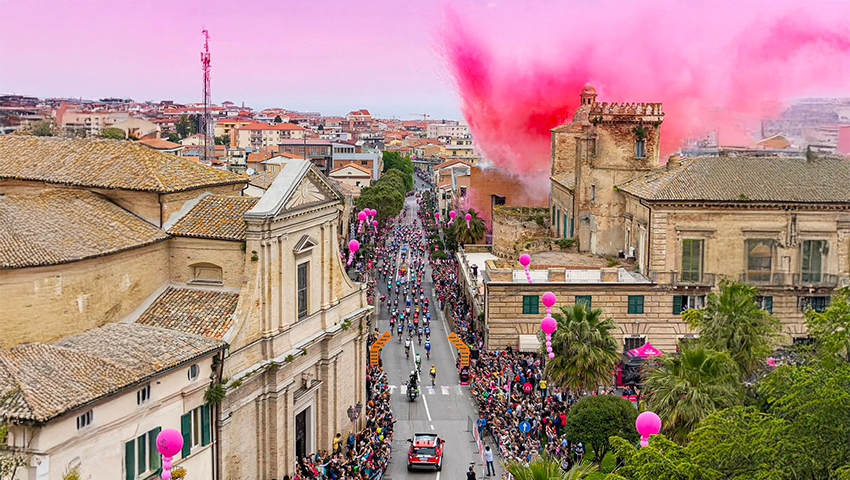The Giro d’Italia is a legendary race and the pink jersey, symbol of the overall leader, has over time become a true icon coveted by every cyclist. This year, the Corsa Rosa will pass through San Vendemiano, home of Elastic Interface®, and so we’ve decided to dedicate this article to our favorite stage race.
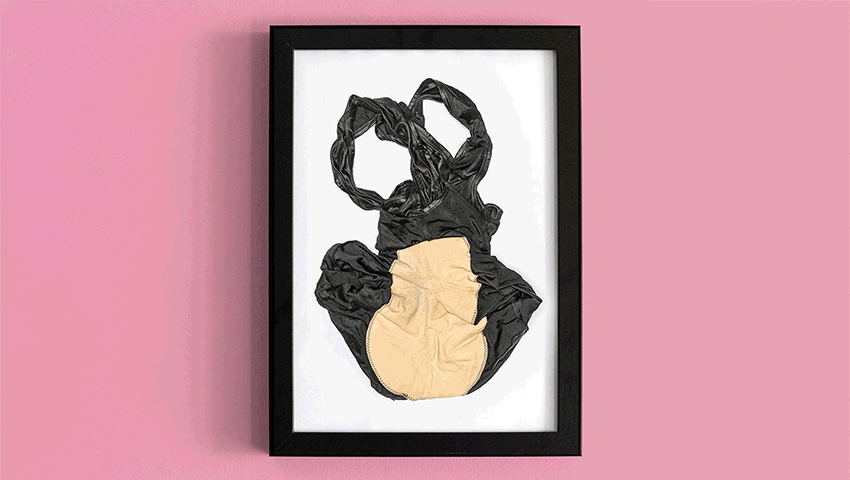
1. History of Giro d’Italia
Inside Italy’s Grand Tour
The Giro d’Italia transcends sport to become a cultural celebration woven into Italy’s national identity. Born in 1909 as a promotional initiative for La Gazzetta dello Sport newspaper (whose pages were pink, inspiring the iconic maglia rosa), the race has evolved through world wars, political transformations, and societal changes while maintaining its essential character.
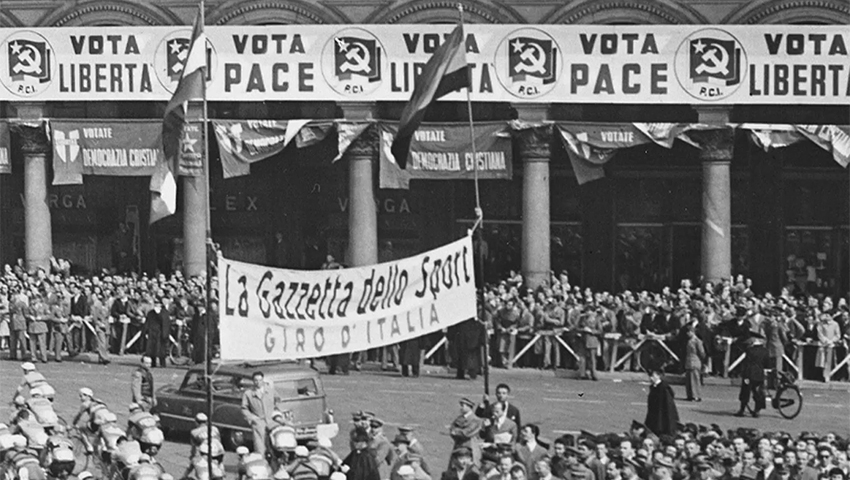
For over a century, this race has connected diverse regions through a shared passion, with spectators lining mountain passes and village streets alike. Towns compete fiercely to host stages, seeing it as an honor and economic boon. The race reflects Italy’s soul: dramatic, beautiful, unpredictable, and steeped in tradition. Pink—the color of the leader’s jersey—temporarily becomes a national symbol, uniting Italians across generations in a collective celebration of cycling’s poetry in motion.
2. Past champions
The Glory of the Pink Race

The Giro d’Italia has been defined by legendary champions who’ve conquered its brutal mountain stages and time trials. The Belgian rider Eddy Merckx stands supreme with five overall victories, matched only by Alfredo Binda and Fausto Coppi. Modern era greats include Miguel Indurain and Alberto Contador, while Italian heroes Felice Gimondi and Vincenzo Nibali captured their nation’s hearts.

Recently, Tadej Pogačar dominated the 2024 race with six stage wins. These champions’ exploits on iconic climbs like the Stelvio and Mortirolo have cemented their legacies in cycling history.
3. Stage 15 and the home of Elastic Interface®
The Giro comes to us
The 15th stage of the 2025 Giro d’Italia from Fiume Veneto to Asiago promises drama as riders tackle the challenging Veneto terrain. A special mid-stage passage near the Elastic Interface® HQ in San Vendemiano as fans will gather outside the headquarters, creating a festival atmosphere as riders navigate this pivotal section.
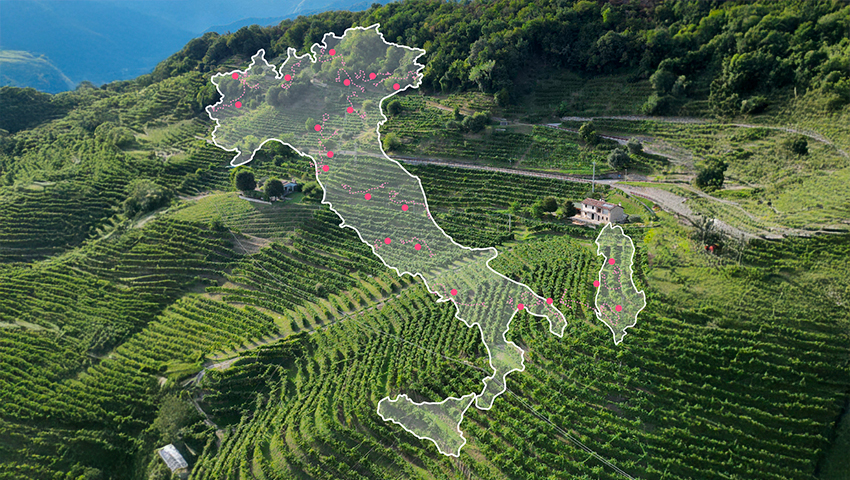
The route’s proximity to this cycling innovation hub perfectly symbolizes the Giro’s dual celebration of tradition and technology. The stage’s demanding climbs before reaching Asiago’s finish will likely prove decisive in the overall classification battle.
4. Elastic Interface® at the Giro
Trusted by the world’s top riders
It was the year 1909 when the history of the Giro began, and it began in Milan. After 397 kilometres and 3 stage victories, the designated winner of the Giro was Luigi Ganna. After the victory, Ganna’s very first words were all about a peculiar condition… which he needed to share with the whole world: “Boy my butt hurts!” he said in strict dialect, causing everyone to bust out laughing.
Truth is, however, that lower pain was a real condition that affected cyclists in the past century – every stage of the Giro was about 400km long and athletes wore clothes that we could not define exactly “technical” nor suited to the saddle position.
In the past, at the times of the rivalry between Fausto Coppi and Gino Bartali, creams were used to soften the chamois skin that was dry and hard, sewn on the back of the shorts so as not to consume excessively during the long rides – certainly not to protect the cyclist!
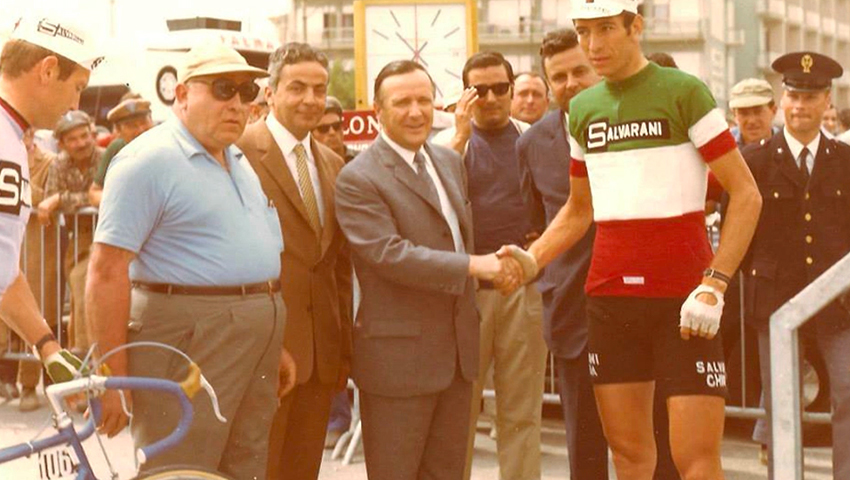
Today things have changed a lot, also thanks to the introduction of technology in the design of cycling apparels and protections such as Elastic Interface®’s elastic chamois, which are specifically developed to limit friction. This way, creams become just a ritual…
The Elastic Interface® chamois technology supports elite cyclists throughout the challenging Giro d’Italia. Across seven WorldTour teams partnering with Kalas, Van Rysel, Gobik, Santini, Specialized, and MAAP, riders benefit from custom-developed padding designed for peak performance. The anatomically shaped, multi-density foam construction ensures maximum comfort during long hours in the saddle while optimizing blood flow and reducing pressure points. This technology becomes especially crucial when facing everything from high-speed flat stages to punishing mountain climbs.

